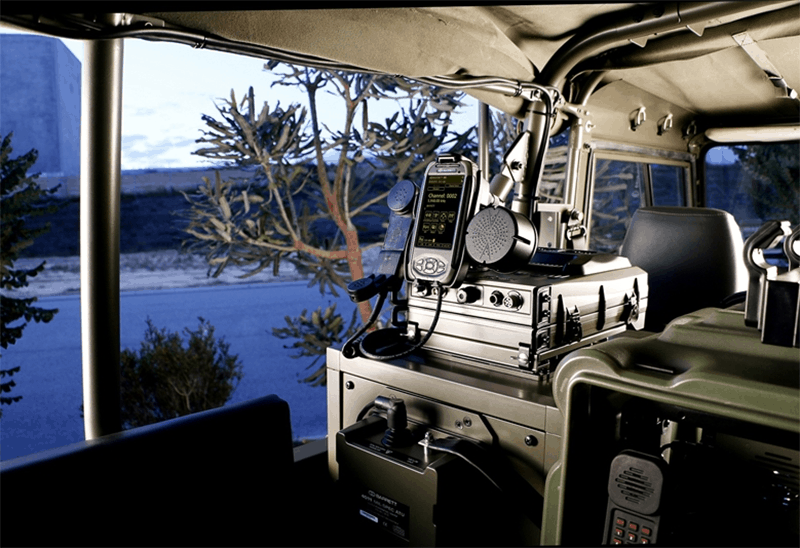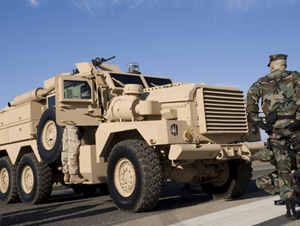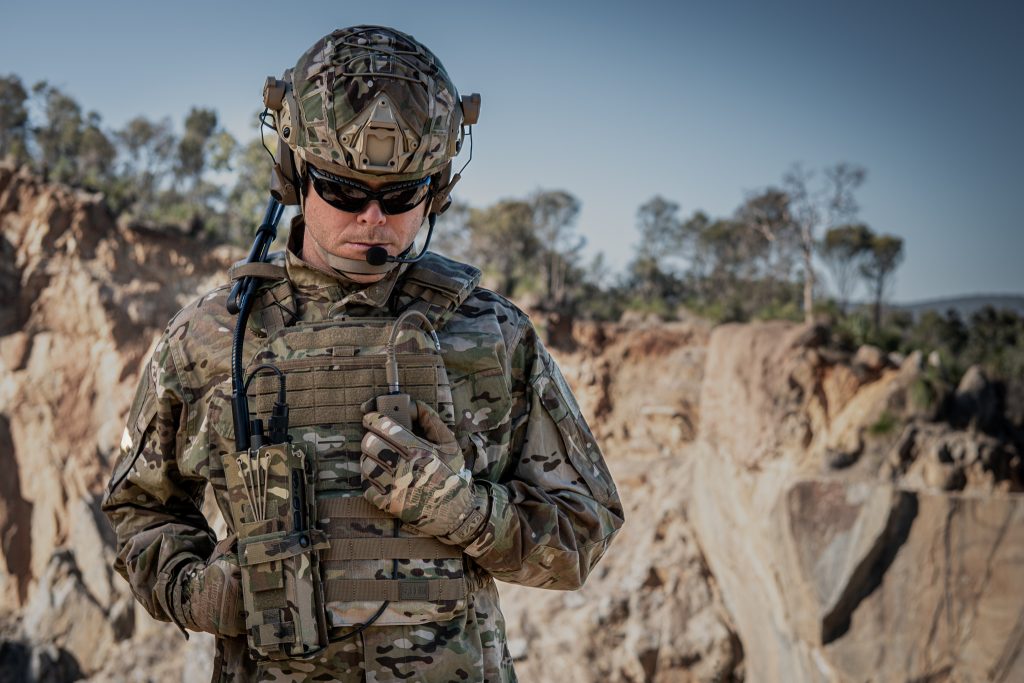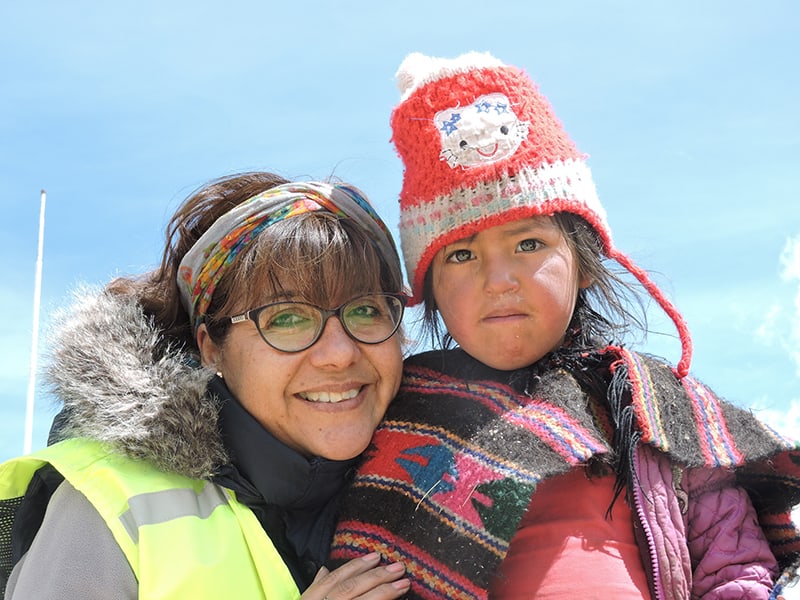Connecting HF and VHF Networks
Connecting HF and VHF Networks
Radio communication can be accomplished across varying frequency ranges, but the working principles are different depending on whether you are using high-frequency (HF) or very high-frequency (VHF). Being able to connect HF and VHF networks can be crucial in the field.
HF vs VHF
HF radio depends on skywave propagation, and is most useful for long-range communication, because links are typically easy to establish. However, its main disadvantages are noise and skip distance factor. HF modulation modes make it susceptible to environmental noise from many sources, and so can be problematic in urban use. Also, HF propagation is more suited to long distance ionospheric communication due to its long wavelength and the skip zone between the ground wave and first skip distance.
VHF radio depends on line-of-sight (LOS) propagation, and is very effective for short-range communication in situations where a transmitter and the receiver antennae can be placed in each others’ line of sight. VHF uses frequency modulation (FM). The FM modulation mode is relatively unaffected by environmental noise and so is well suited to urban use. Long-distance VHF is possible, but can be cost-prohibitive and complex to implement.

Connecting HF and VHF
The Barrett 2063 HF-VHF Cross Gate was designed to provide a cost-effective, simplified and streamlined way to facilitate the seamless, crystal-clear, dependable transfer of information from a VHF network onto an HF network without the need for operator interaction. By implementing this fully automated switching solution, the time required to rebroadcast mission-critical information can be significantly reduced. Chances of miscommunication due to bad transmission can also be minimised, dropping the risk of information-relay errors and allowing direct lines of communication to be leveraged between strategically located operational commanders and deployed assets in the field.
For example, if a mobile command vehicle needed a way to directly communicate with people on the ground in a high-risk area, information would formerly be received through a VHF communications system running from the deployed assets’ location to the vehicle. From there, HF must be utilised in a secondary communication to send information back to a distant headquarters. HQ would then have to reply to the command vehicle via HF, and the mobile station would finally relay once again back to the in-field contingent via VHF.
With the Barrett 2063 Cross Gate, a transmit/receive path between HF and VHF networks is established. The connection is made by installing a Cross Gate station in the mobile command vehicle. When the Cross Gate is “Linked”, it smoothly relays all voice transmissions between the two networks, removing the need for repeated messages relayed across disconnected networks. The benefits of this setup include:
• Interoperability between HF and VHF communication systems
• Ability for deployed assets to communicate directly with superiors near and far
• Reduced delays and errors in communicating time-critical information
To learn more about HF and VHF solutions, contact Barrett Communications today.







